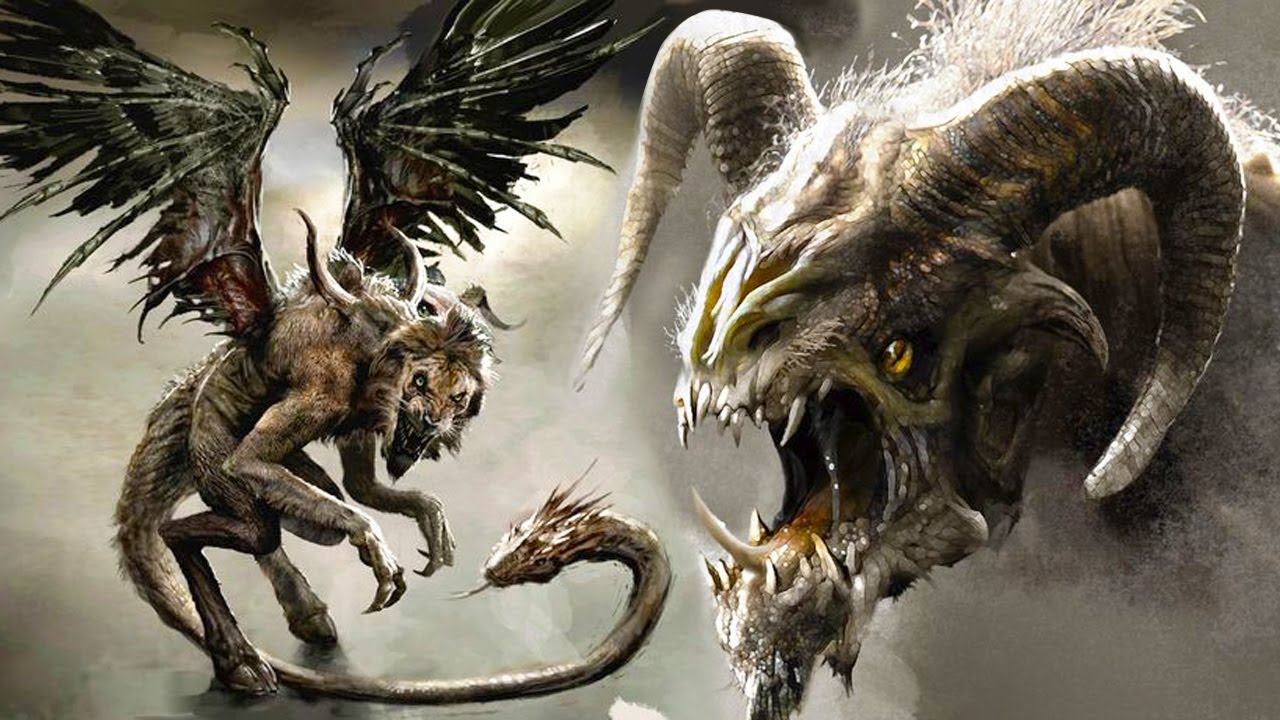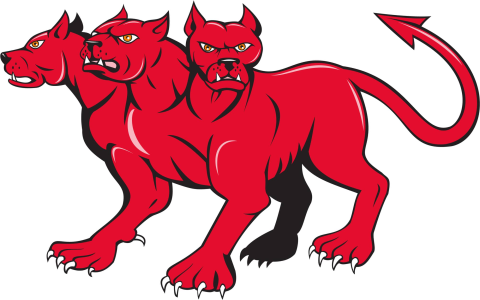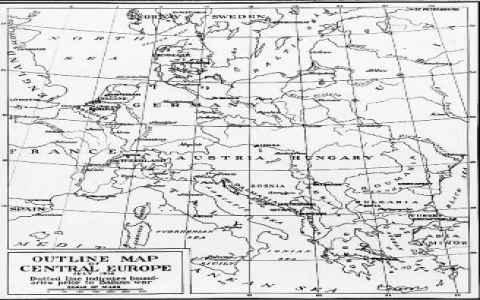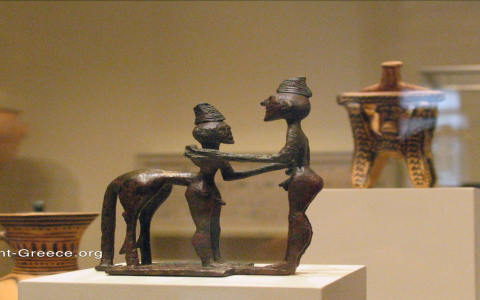Why I Dug Into Greek Myth Monsters
Honestly? Pure curiosity sparked it. I was scrolling feeds, saw some artwork of a three-headed dog, and thought, “What’s the real deal with that thing?” Always liked old stories, and Greek myths are packed with wild creatures. Figured, why not deep dive for a week? My goal: pick the top 10 coolest monsters and beasts, actually understand them, not just copy-paste Wikipedia. No AI shortcuts here, just me, books, and questionable coffee.
Getting My Hands Dirty (With Books & Websites)
Okay, step one: gather the monsters. Pulled out my old mythology books – dusty but gold. Flipped through the pages, scribbling names like “Minotaur,” “Hydra,” “Cerberus.” Knew the famous ones, right? But everyone knows those. I wanted the weird, the scary, the totally bizarre too. Hit up a few trusted university myth sites (avoiding the pure fanfiction corners!), searching terms like “obscure Greek monsters.” Found stuff like the Stymphalian Birds (birds with metal feathers?!) and Empousa (a vampire-ish shapeshifter).
- The Hunt: Basically turned my desk into a monster graveyard site. Notes everywhere. Lists kept growing – way beyond ten.
- The Struggle: Found conflicting stories everywhere! Did the Hydra regrow two heads per cut? Or one? Different sources said different things. Spent a whole afternoon cross-referencing like some myth detective.
- The Library Sesh: Yes, actually dragged myself to the library downtown. That quiet librarian gave me the look when I piled books about man-eating mares and snake-haired ladies.
Picking My Top 10 – So Hard!
Time to cut. My criteria? Coolness factor (obviously), uniqueness, and pure memorableness. Argued with myself constantly:
- Minotaur in the maze? Classic, brutal, gotta include.
Harpies – nasty wind spirits? Distinctly creepy, yes.
Chimera, fire-breathing combo? Peak monster design, absolutely.
Scylla & Charybdis? That terrifying sea duo? Perfect for the scary sea entry.
Almost broke my “10” rule wanting to add, like, five more. Had to be ruthless. Said goodbye to the slightly less cool (but still awesome) ones like the giant Talos.

Putting it Together – The Actual Writing
Now, the real work started. Tried to make it lively, not a boring lecture. For each monster, I covered:
- What they look like (the wilder the better!).
- Their main gig. Guarding stuff? Eating people? Just being terrifying?
- A cool key story snippet. Hercules wrestling the Hydra? Odysseus barely dodging Charybdis?
Where they hang out. Labyrinths? Underworld? Seaside cliffs?
Wrote it like I was explaining it to a buddy over coffee: “Okay, imagine this giant lion body… but with a GOAT head sticking out its back… and a snake for a tail… and it breathes FIRE! Crazy, right?”
Triple-checked names and spellings (Hecatoncheires still trips me up!). Organized them roughly from “you know this one” to the “wait, what IS that?” deep cuts.
What I Actually Learned
This wasn’t just listing monsters. I saw patterns: Greeks loved mixing animal parts (seriously!), used monsters to explain scary natural stuff (storms, shipwrecks), and often tied them to specific gods having beef with mortals. Felt kinda satisfying connecting those dots myself.
Best part? That random curiosity itch got scratched hard. Now I look at a sphinx statue and actually know its deal. Plus, sharing this stuff? Always the fun part of the job. Makes the dusty books and coffee headaches worth it. If you get curious about a three-headed dog later, you know where it started!




